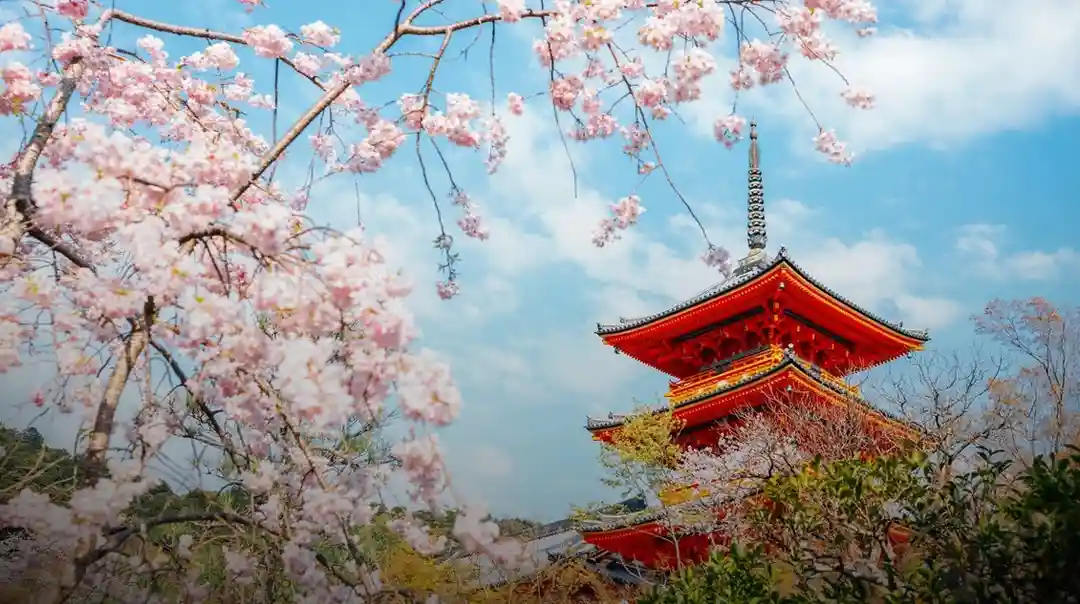Table of Contents
Introduction
Kyoto, Japan welcomes every traveler into a world where history, nature, and timeless tradition blend seamlessly. From the moment you walk under the vermilion gates of a Shinto shrine to the quiet serenity of a Zen garden, Kyoto offers more than a journey—it offers a memory. If you’re looking for enchanting temples, seasonal beauty, and authentic Japanese culture, this guide to Kyoto will show you the highlights that make it truly magical
Why Kyoto, Japan Remains One of the World’s Most Beloved Destinations
Kyoto, Japan was the imperial capital for over a thousand years, and that legacy lives on in its architecture, rituals, and landscapes. Whether you’re strolling through Gion’s historic streets, participating in a tea ceremony, or marveling at the golden pavilion, the city feels both reverent and alive. Kyoto’s refined aesthetics—wooden machiya houses, cobblestone alleys, moss-covered stone lanterns—offer solace to the senses.
Travelers come here for serenity, for beauty, and for deep cultural immersion. The changing seasons—cherry blossoms in spring, lush greenery in summer, fiery foliage in autumn, and quiet snowfall in winter—add layers to your experience. Kyoto, Japan isn’t just someplace to see; it’s someplace to feel.
Top 7 Magical Highlights of Kyoto, Japan
1. Kinkaku-ji (Golden Pavilion) & Elegant Temples
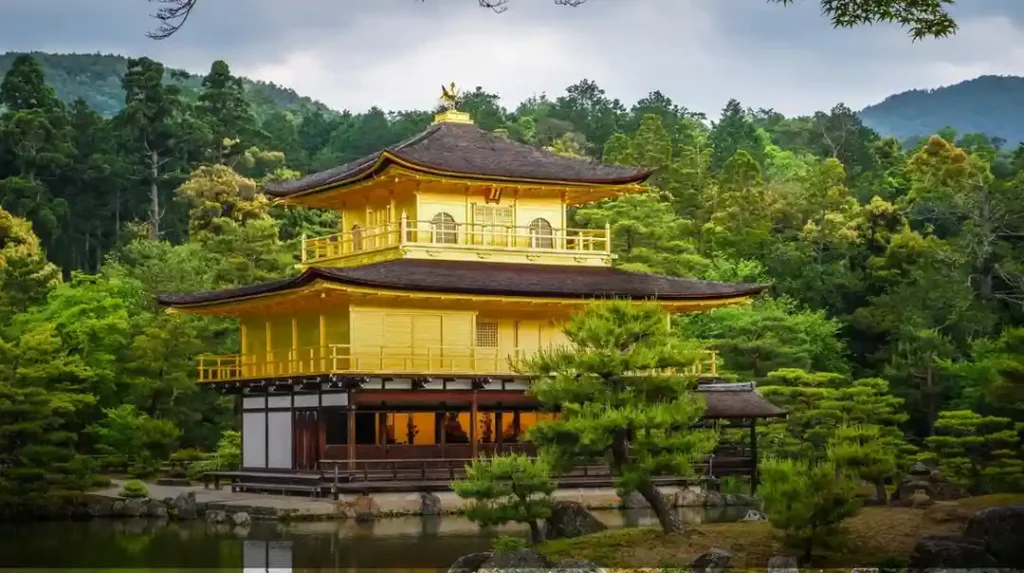
One of the signature images of Kyoto, Japan is Kinkaku-ji, the Golden Pavilion. Its top two stories are covered in gold leaf, reflecting beautifully in the pond around it. Visiting Kinkaku-ji early in the morning (or late afternoon) gives you a chance to enjoy its beauty with fewer people.
Beyond Kinkaku-ji, Kyoto is full of elegant Zen temples and shrines—like Ryoan-ji with its famous rock garden, Ginkaku-ji (Silver Pavilion), and the serene Sanjusangendo. Each temple carries its own mood, whether austere meditation, ornate beauty, or spiritual ritual.
2. Arashiyama Bamboo Grove & Nature’s Tranquility
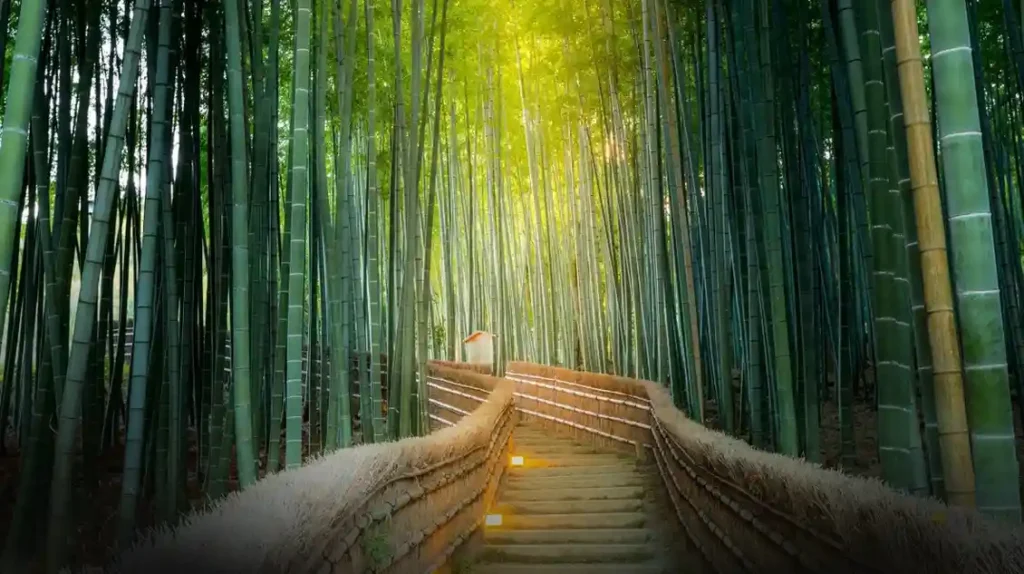
Escape the city bustle with a visit to the Arashiyama Bamboo Grove, one of Kyoto, Japan’s most iconic natural sights. Walking through towering bamboo stalks, hearing them rustle in the breeze, is an almost surreal experience. Nearby, waterways, forest paths, and small temples like Tenryu-ji enrich the scene.
Don’t miss the Iwatayama Monkey Park in Arashiyama, especially for nature lovers. A brief hike takes you up to views over Kyoto and to meet the local macaques. Combine this nature escape with a riverboat ride or a stroll along the Katsura River for a well-rounded day in green surroundings. Japan Travel+1
3. Fushimi Inari Shrine & the Thousand Tori Gates
One of the most iconic postcard views in Kyoto, Japan is found at Fushimi Inari Taisha, with its thousands of bright red torii gates winding up the wooded Mount Inari hill. The pilgrimage path offers both spiritual ambiance and physical activity.
Go early in the morning to avoid crowds, and enjoy the changing light through the gates. Along the trail there are small tea houses, little shrines, and views over Kyoto city. The full hike to the summit and back takes a few hours but is well worth it for the experience and photo opportunities.
4. Old Town, Gion & Sannenzaka / Ninenzaka Districts
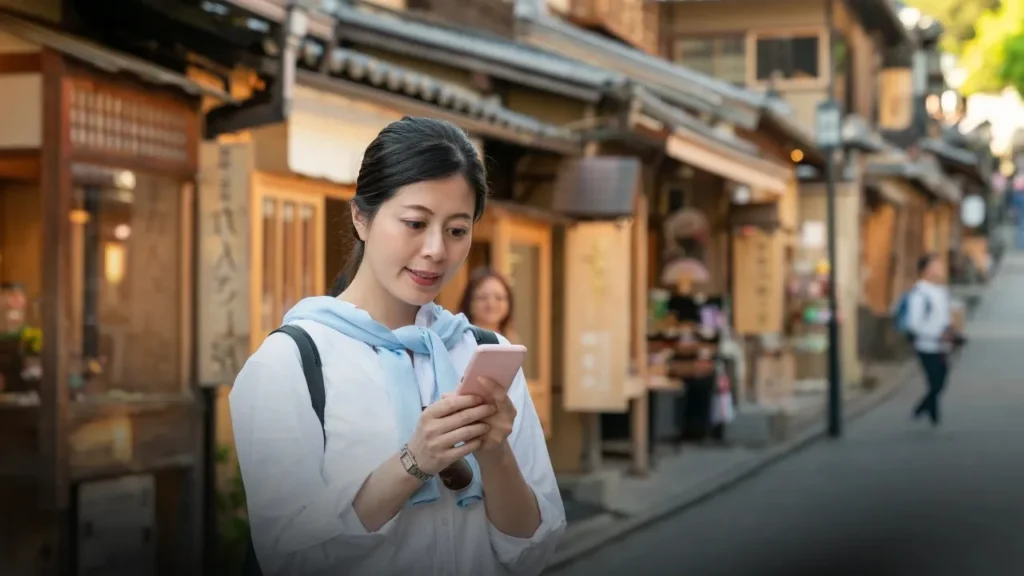
The heart of Kyoto, Japan’s traditional culture is in the ancient streets of Gion and the adjacent hills of Higashiyama. The winding lanes of Sannenzaka and Ninenzaka are preserved historic streets filled with tea shops, souvenir stalls, and traditional restaurants. At dusk, Gion comes alive: lanterns glow, maiko (apprentice geisha) might be glimpsed, and the air feels suspended between past and present. Visiting a tea house or watching a traditional dance performance helps you deeply appreciate the refinement and elegance embedded here.
Seasonal Splendor: Cherry Blossoms, Autumn Leaves & Winter’s Quiet
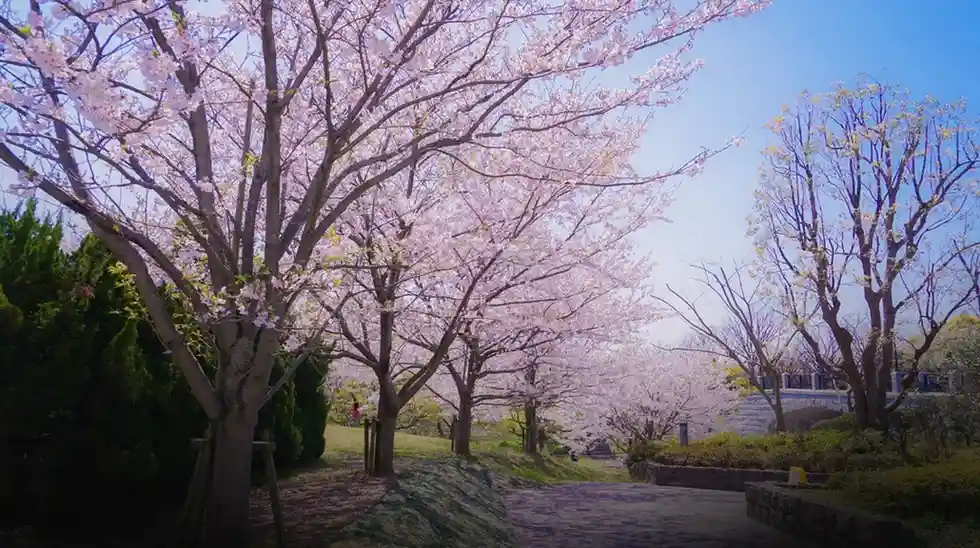
One of the greatest draws Kyoto, Japan offers is its changing nature. In spring (March–May), cherry blossoms bloom across parks and temple grounds, especially near the Philosopher’s Path and Maruyama Park. Autumn (October–November) brings brilliant red, orange, and gold foliage to its many gardens and temple roofs.
Winter adds its own magic: a light dusting of snow on temple roofs, quiet streets, steaming vats of hot tea, and fewer crowds make it deeply peaceful. Even in summer, lush greenery and riverside escapes like Takasegawa River offer refreshment. Kyoto Travel
6. Kyoto Cuisine, Markets & Traditional Tea Culture
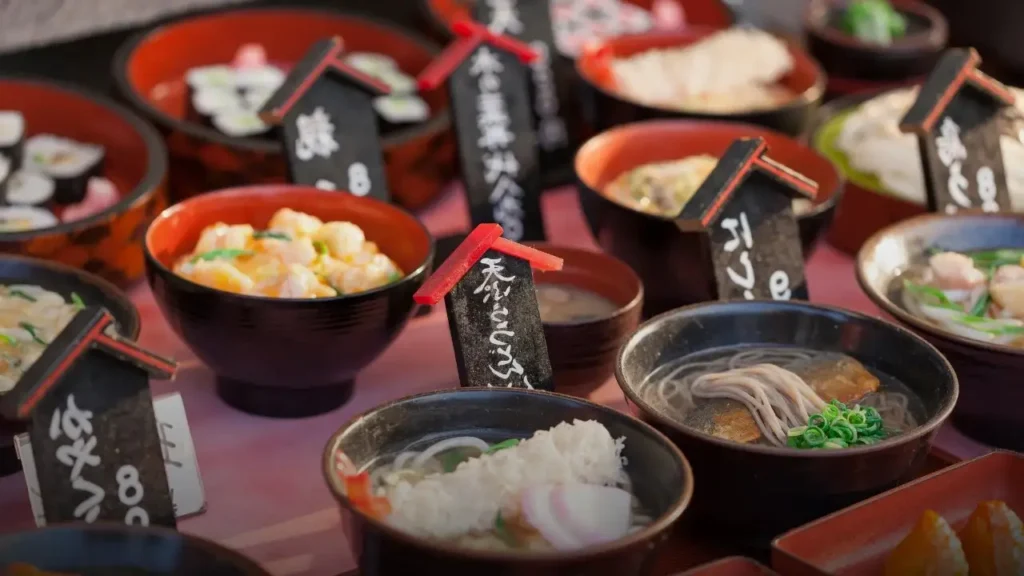
No visit to Kyoto, Japan is complete without savouring its food. Start your mornings at Nishiki Market, known as “Kyoto’s Kitchen,” with stalls selling fresh seafood, pickles, sweets, and local snacks. Try the yuba (tofu skin), matcha desserts, and local specialties.
Evenings are perfect for kaiseki (multi-course meals), which focus on seasonality, presentation, and flavors. Tea ceremonies offer quiet interludes—reflective, refined, and deeply Japanese. Also explore sake in Fushimi district, where local breweries have been operating for centuries. Japan Travel+1
7. Getting Around, Where to Stay & Travel Tips
To enjoy Kyoto, Japan well, plan where you stay and how you move. Staying near Kyoto Station or in Higashiyama gives easy access to many landmarks. If possible, include nights near the Gion district or along the Kamo River to enjoy early morning calm or evening lanterns.
Public transportation is excellent: buses, subway lines, and trains connect most major sights. Renting a bicycle can be delightful in quieter areas or early morning. Also, buy tickets for popular temples in advance where possible. Pack for changing weather (layers are key), and budget extra time if you want to attend a tea ceremony or cultural performance.
Best Time to Visit Kyoto, Japan & Seasonal Highlights
The timing of your trip significantly shapes what you see and feel in Kyoto, Japan.
- Spring (March-May): Cherry blossom season; spring flowers; warm, pleasant days; some unpredictability in weather. Kyoto Travel
- Summer (June-August): Hot and humid; lush landscapes; festivals like Gion Matsuri in July; occasional rain during the “tsuyu” season.
- Autumn (October-November): Considered by many the best time—cooler weather, vibrant foliage, and beautiful contrasts of color.
- Winter (December-February): Quiet, often cold; snow can bring magical scenes; some attractions have shorter hours.
Why Kyoto, Japan Leaves Travelers Enchanted
There’s something in Kyoto’s calm temples, mossy gardens, and tea houses that lingers with you long after you leave. The layering of history—the shards of periods from Heian to Edo—combined with present-day art, cuisine, and living traditions makes Kyoto, Japan feel alive yet timeless.
Many people say the emotional highlight is the quiet moment just before dawn at a temple, or walking under torii gates when the air is cold and light soft. Others treasure the smell of matcha in a hidden teahouse or the vibrant festival floats at sunset. It’s not just what you see, but how Kyoto, Japan makes you feel.
Practical Travel Advice & Itinerary Suggestions
Here’s how to make the most of your time in Kyoto, Japan, especially if you have 4-6 days.
- Day 1: Arrive, relax, wander Old Town & Gion; enjoy dinner and night walk.
- Day 2: Start early with Fushimi Inari, then to southern temples like Kiyomizu-dera; evening tea ceremony.
- Day 3: Arashiyama, Bamboo Grove, Iwatayama Monkey Park; river walk.
- Day 4: Explore northern Kyoto—Kinkaku-ji, Ryoan-ji; in afternoon, Nishiki Market and food tour.
- Day 5: Take side-trips to Ohara or Takao for rural temples and quieter nature.
- Day 6: Free morning, souvenir shopping, depart.
Dress in layers; bring good walking shoes; book lodging well ahead especially during cherry blossom or autumn leaf seasons. Use bullet trains if coming from Tokyo or Osaka; Kyoto is well served by Shinkansen and other train lines
FAQ – Frequently Asked Questions
How many days should I spend in Kyoto, Japan to see the highlights?
For a well-rounded experience in Kyoto, Japan, plan for 4-6 days. This allows time for major temples, nature spots like Arashiyama, food markets like Nishiki, and a couple of side-trips such as Ohara or Takao. Shorter stays (2-3 days) are possible but you’ll need to prioritize fewer sights.
What is the best time of year to visit Kyoto, Japan?
The best time to visit Kyoto, Japan is spring (March–May) for cherry blossoms, or autumn (October–November) for colorful foliage. These seasons offer mild weather and incredible visuals. Winters bring peaceful ambiance, while summers are hot and humid, with occasional rain during early-summer (tsuyu).
What should I pack and how do I get around in Kyoto, Japan?
Pack layers (cool mornings, warmer afternoons), comfortable walking shoes, an umbrella, and modest clothing for temple visits. To get around, use Kyoto’s buses, subway, trains, and walking. For scenic or rural areas, local buses from Kyoto Station help. Consider staying near central districts like Higashiyama, Gion, or Kyoto Station for easier access to major sites.
If you find more global destinations for your travel https://nalyxo.com/category/global-destination/


